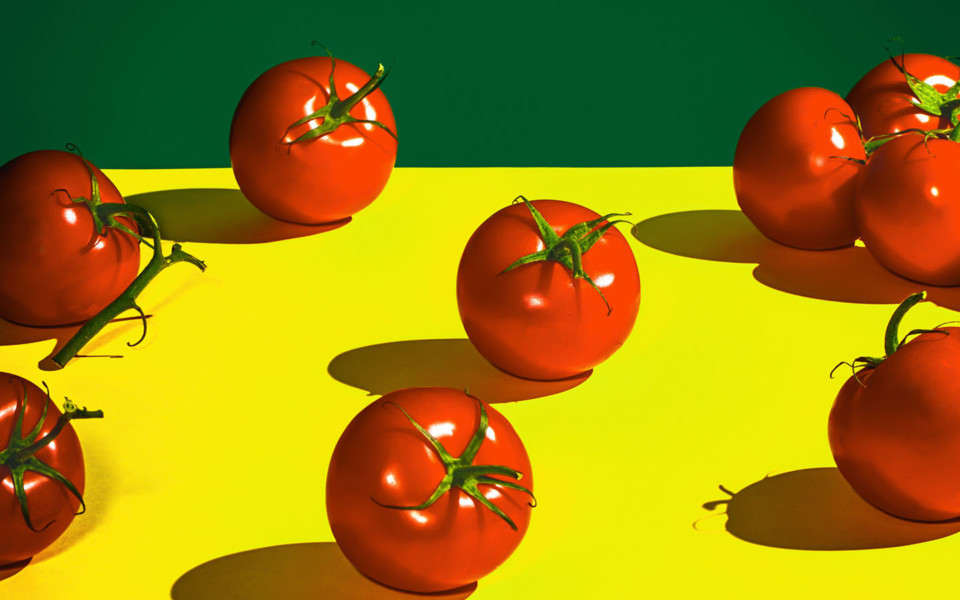CRISPR Can Speed Up Nature – And Change How We Grow Food
Like any self-respecting farmer, Zachary Lippman was grumbling about the weather. Stout, with close-cropped hair and beard, Lippman was standing in a greenhouse in the middle of Long Island, surrounded by a profusion of rambunctiously bushy plants. “Don’t get me started,” he said, referring to the late and inclement spring. It was a Tuesday in mid-April, but a chance of snow had been in the forecast, and a chilly wind blew across the island. Not the sort of weather that conjures thoughts of summer tomatoes. But Lippman was thinking ahead to sometime around Memorial Day, when thousands of carefully nurtured tomato plants would make the move from the greenhouse to Long Island loam. He hoped the weather would finally turn.
Although he worked on a farm as a teenager and has a romantic attachment to the soil, Lippman isn’t a farmer. He’s a plant biologist at Cold Spring Harbor Laboratory in New York with an expertise in genetics and development. And these greenhouse plants aren’t ordinary tomatoes.


